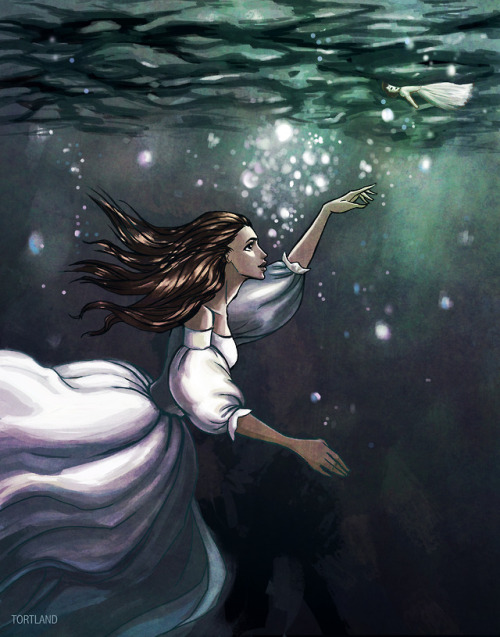#houghton mifflin harcourt
First you hear that Jami Attenberg has a new novel in the works, and you think: yes. Then you see the book cover, and you think: YES.
Post link
BothIsle of Blood and Stone and its standalone companion, Song of the Abyss, are about mapmakers and explorers. Why did you decide to write about these topics?
It really came down to writing what interests me. I’ve always loved adventure stories and historical fiction. The Count of Monte Cristo,Jane Eyre, and Anne of Green Gables were favorites growing up. Additionally, I’ve always loved old maps, the beautiful ones with the sea serpents and sailing ships painted onto them. And growing up, I was obsessed with the Indiana Jones movies. With this duology, I wanted to create characters inspired by Dr. Jones, young men and women who were smart and funny and who used their intellect to solve the mysteries that were at the heart of these stories.
Did any particular place inspire the maps in your book?
Most definitely. The map at the front of Isle of Blood and Stone depicts the fictional island kingdom of St. John del Mar. But if you were to google the island “Guam,” where I was raised, you would see that they are a near perfect match. Why not? I needed an island and I thought it would be fun to use the one I know best.

How do you choose your character names?
ForIsle of Blood and Stone, I was looking for old-fashioned names that were Spanish in origin. I started with ‘Mercedes,’ which I first came across in Alexandre Dumas’ The Count of Monte Cristo. Then I followed up with Elias, Jaime, and Ulises. Some names had a more personal connection. Reyna is the hero in Song of the Abyss. Reyna also happens to be my favorite cousin’s name. The village of Esperanca is named after my grandmother. And the Sea of Magdalen…well, Maggie was my mother’s name.
If you weren’t a writer, what would you be doing?
I have a library degree so I would most likely head over to the nearest public library if they’d have me. But part of the reason I became a writer is because there are so many things that fascinate me and, as a writer, I get to explore them all within the pages of a book. I would like to try my hand at being a spy, a time traveler, an arborist, an architect, a medieval military engineer, a 20th century physician. So many things!
What does being a diverse author mean to you?
I am part African American, part Pacific Islander, born on the Northern Mariana island of Saipan and raised on the neighboring U.S. Territory of Guam. I didn’t know a single Guamanian children’s author as a child. No island version of Laurie Halse Anderson or Jennifer Donnelly where I could say, “When I grow, I want to be just like her.” I hope that my story helps change that. That an island kid, thousands of miles from the New York publishing houses, will see that writing stories for a living is a possibility for them, if that is their dream.
Can you recommend any recent diverse lit titles?
I really enjoyed Sleepless by Sarah Vaughn. You rarely see people of color as the main characters in medieval fantasy lit, and this graphic novel, about a king’s daughter protected by a member of the elite Sleepless Order, is just so well done and lovely to look at.


Makiia Lucier grew up on the Pacific Island of Guam and holds degrees in journalism and library studies from the University of Oregon and the University of Wisconsin–Milwaukee. She is the author of A Death-Struck Year, Isle of Blood and Stone, and Song of the Abyss.
“The Doll” - from the Witch of Blackbird Pond by Elizabeth George Speare. Working on a series of illustrations based on the book – one of my favorites!
Post link


